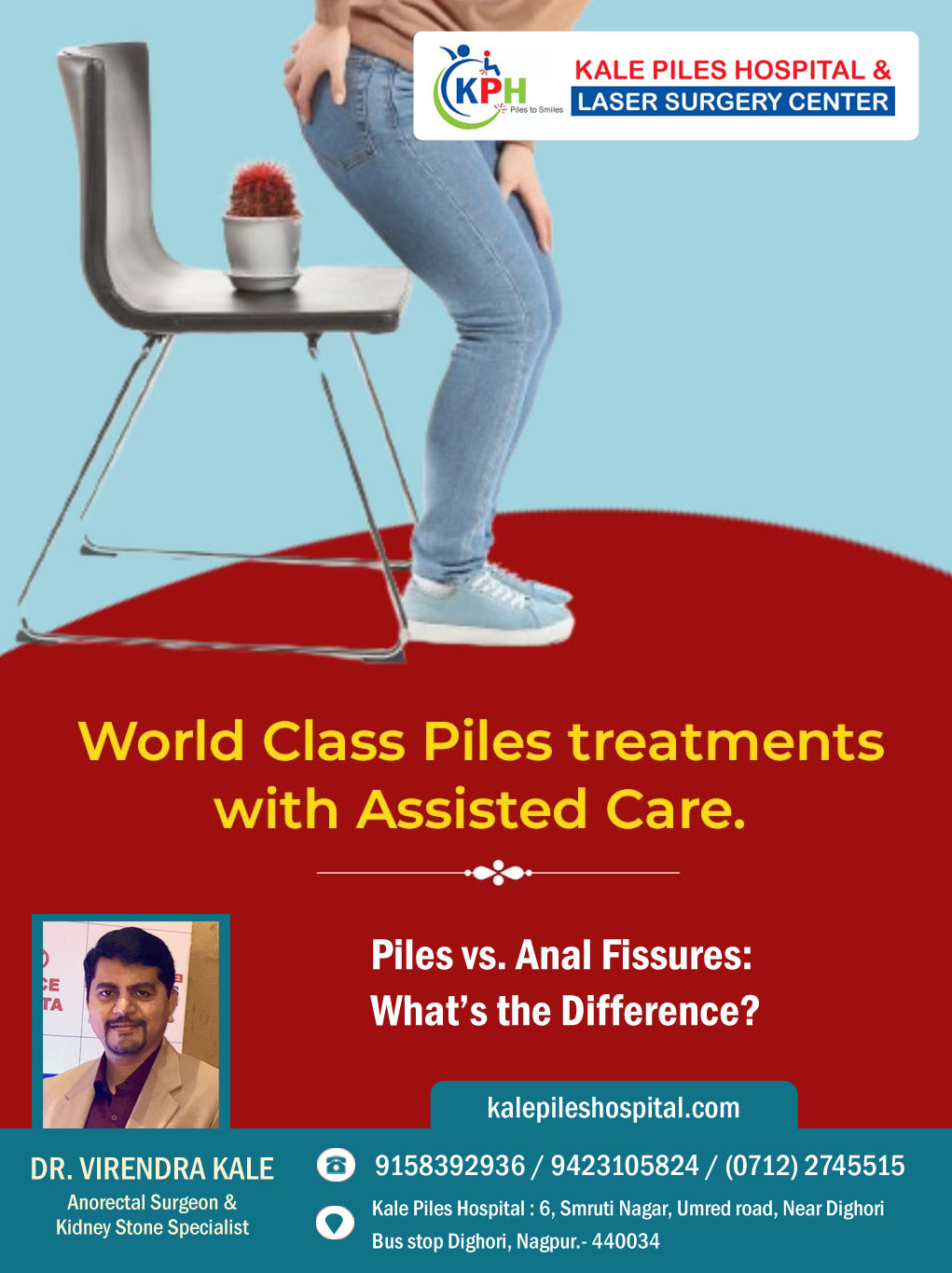
Piles vs. Anal Fissures: What’s the Difference?
Let’s talk about a couple of uncomfortable but essential health topics: piles and anal fissures. While these two conditions might sound similar at first, they are quite different. Understanding what each entails can help you identify symptoms, seek the right treatment, and, let’s be honest, break the stigma around talking about them! Whether you’re looking for information for yourself or simply want to be more informed, diving into this topic can be enlightening.
What Are Piles?
Piles, also known as hemorrhoids, are swollen blood vessels located in and around the rectum and anus. They can be a real pain—literally! Piles can be classified into two main types:
- Internal Piles: Usually hidden inside the rectum, these may not cause pain but can lead to bleeding, especially during bowel movements.
- External Piles: Found around the anus, they can be itchy, painful, and even bleed. Imagine trying to enjoy your day sitting on a bubble—unpleasant, right?
Common Symptoms of Piles
- Bright red blood during bowel movements
- Itching or irritation in the anal area
- Swelling or lumps near the anus
- Discomfort while sitting or moving
What Are Anal Fissures?
Anal fissures are tiny tears in the lining of the anus. They’re often caused by trauma, such as passing large or hard stools. Think of them as little paper cuts in a very sensitive area—ouch!
Common Symptoms of Anal Fissures
- Sharp pain during or after bowel movements
- Bright red blood on the stool or toilet paper
- A visible tear or crack in the anal region
- Itching or irritation around the anus
Piles vs. Anal Fissures: Key Differences
Now that we know what each condition is, let’s break down the key differences between piles and anal fissures:
Causes
- Piles: The main culprits for developing piles often include straining during bowel movements, pregnancy, obesity, and a low-fiber diet. These factors put pressure on the blood vessels in the rectal area, causing them to swell.
- Anal Fissures: These are primarily caused by trauma or injury to the anal canal. This could be due to hard stools, diarrhea, or even anal intercourse. In essence, anything that leads to stretching or tearing can cause fissures.
Symptoms
- Piles: Symptoms include painless bleeding during bowel movements, swelling around the anus, and sometimes discomfort or itching.
- Anal Fissures: The hallmark symptom is sharp, intense pain during and after bowel movements, along with bleeding. This pain can be so severe that some people may dread having a bowel movement!
Treatment Options
- Piles: Treatment may involve lifestyle changes (like increasing fiber intake), over-the-counter creams, or medical procedures such as rubber band ligation or surgery for severe cases.
- Anal Fissures: Most anal fissures can heal on their own with conservative measures. These include increasing hydration and fiber intake, using topical anesthetics, and possibly warm sitz baths. For chronic fissures, a doctor may prescribe muscle relaxants or surgery.
When to Seek Medical Help
It’s essential to consult a healthcare professional if you experience:
- Persistent bleeding
- Severe pain
- Any swelling or lump that doesn’t go away
These could indicate more severe health issues, so it’s best not to ignore them.
Understanding the differences between piles and anal fissures can help you recognize symptoms and seek appropriate treatment, easing discomfort and preventing future issues. So, whether you’re dealing with swollen blood vessels or a little tear, remember that being informed is half the battle!
If you find yourself grappling with these issues, you’re not alone, and there’s nothing wrong with reaching out for help. By incorporating more fiber into your diet, staying hydrated, and practicing proper bathroom habits, you can significantly reduce your risk of both piles and anal fissures.
No more shying away from the topic—let’s open the conversation and get comfortable talking about these rather uncomfortable realities!

